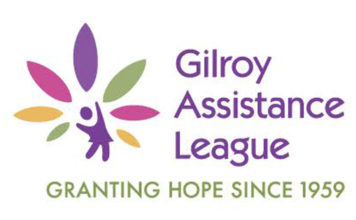Far-sighted groundwater management is key to coping with drought. As we cope with severe drought conditions, the state of our local groundwater is of keen interest. In a typical year, about half of the water we use in Santa Clara County is pumped from the ground. The Santa Clara Valley Water District actively manages groundwater basins that span from Palo Alto
to Gilroy.
The history of groundwater in Santa Clara County dates back to the 1850s, when local communities began drilling wells to supply water to residents, agriculture and businesses. By 1920, with far more water being pumped than naturally replenished, groundwater levels declined and land subsidence, the broad sagging of the land, occurred over
many miles.
The water district was formed in 1929 to address groundwater overdraft and land subsidence. Early water district efforts focused on constructing reservoirs to capture local runoff, and using that water to recharge groundwater through creek beds. These efforts helped groundwater levels to recover somewhat, but explosive population growth after World War II resulted in further strain on groundwater.
Two major breakthroughs helped halt groundwater overdraft and subsidence in Santa Clara County. First, in the late 60s, Santa Clara County tapped into the State Water Project, and imported water began aflowing from the Sierra Nevada watersheds through the Sacramento-San Joaquin Delta to our county. Over the next few years, groundwater
levels rebounded.
The growth of Silicon Valley continued to expand the region’s need for water. In 1987, imported water began flowing through the federal Central Valley Project into San Luis Reservoir and up to our county. Again, groundwater levels rebounded, despite the six-year drought, which ended in 1992.
This severe drought period, 1987-1992, had a significant impact on the state and our region. Since 1980, the population of our county has grown nearly 45 percent yet our water use has remained flat. One reason is that the water district has significantly expanded water conservation. Programs to replace water guzzling toilets and clothes washers began. Low-flow showerheads became the norm, and the
district adopted a model ordinance, which promoted water-efficient landscape measures.
The water district also began working with local partners to expand the use of recycled water for non-drinking uses, like irrigation and industrial purposes. Both water conservation and recycling reduce the demands on our groundwater or other water supplies.
The groundwater basin is the county’s largest reservoir and our primary reserve during droughts. While future growth of our region will be met primarily through greater conservation and expanded investment of recycled water, the basin beneath our feet is what provides us with the safety margin for continued economic vitality and quality of life.
You can help us protect and preserve our groundwater resources by preventing pollution in our creeks, streams and waterways and by reducing your water use in this drought. There’s never been a better time to take advantage of the water district’s rebate programs, many of which have been doubled until September.
Please visit our Drought Watch page at valleywater.org for updated information on the water supply outlook and water conservation rebate programs and tips.
Submitted on behalf of the Santa Clara Valley Water District. For further information, contact Kennedy at 408-265-2600, dk******@*********er.org.












